Antibiotics
The first discovered antibiotic is penicillin. It was developed during World War II, due to the demand for effective anti-infective agent. In fact, people had realized the effects of these substances at as early as 1870s when people had observed the antagonistic phenomena between microorganisms. However, it was not until 1942 when S. A. Waksman observed these activities that people began to adopt the term of antibiotic. Although in 1928, A. Fleming had discovered the penicillin, however, people didn’t realize the importance of it due to that people hadn’t yet confirmed that this kind of natural-derived anti-microbial agents is capable of taking effect against systemic infection in humans and animals. It was not until the war pressure stimulated the research to combat infectious diseases agent, H. W. Florey and his colleagues E. B. Chain had extracted the refined products of penicillin and successfully demonstrated the effectiveness of penicillin treatment. In 1943, Waxman found a second antibiotic - streptomycin, and then proceeded to observe the antimicrobial effects of isolated bacitracin, neomycin, polymyxin, chloramphenicol, chlortetracycline, oxytetracycline and some other antibiotics, the importance of all antibiotics has shown up. With the success of the antibiotics in the chemical treatment, people have also further found that they also had wide applications in plant protection, animal husbandry, food preservation and other aspects.
Antibiotics generally refer to a class of substances produced during the life process of bacteria, fungi and other microbes with anti-pathogen properties. It is also important drugs for controlling the human and livestock diseases, anti-tumor as well as treatment of plant pest diseases. Antibiotic is a kind of secondary metabolites of microorganisms with small amount and low concentrations usage being able inhibit and kill another kind of microorganism. There are also some antibiotics having anti-tumor or other kinds of effect. Since the application of penicillin in medical treatment in the beginning of 1940, it had discovered and invented of several thousands of species of antibiotics, however there is no more than 100 kinds having been used in clinical application. These antibiotics are extracted from a microbial culture medium or manufactured through semi-synthesis or synthesis. Antibiotics, according to their origin and effect, are generally divided into penicillins, cephalosporins, aminoglycosides, tetracyclines, chloramphenicol, and macrolide, anti-fungal and anti-tumor. There are divided to broad spectrum and narrow spectrum based on the antimicrobial spectrum range.
The antibacterial mechanism and the role of various antibiotics also vary. For example, penicillin and bacitracin can hinder the bacterial cell wall synthesis; peptide antibiotics can destroy the bacterial plasma membrane; chloramphenicol and streptomycin can interfere with the protein synthesis or nucleic acid synthesis. Some antibiotics have small spectrum; for example, penicillin is only effective against gram-positive bacteria, and thus being called narrow spectrum antibiotics. Some antibiotics have broader spectrum for example tetracycline has inhibitory effect on most bacteria and is called broad-spectrum antibiotics.
There are about 100 kinds of antibiotics that have been get applied. For example, penicillin, streptomycin, and gentamicin have been widely used for medical treatment. In agriculture kasugamycin and Jinggangmycin have been widely used in the prevention and treatment of rice germs. Blasticidin has been used for the control of rice blast; GA is used for promoting the growth of plants and so on. However, the use of antibiotics be according to the condition used and should be avoided of using indiscriminately. Some antibiotics can produce some side effects for example continuous application of streptomycin and gentamicin can cause deafness while overdose of chloramphenicol can cause leukopenia. Some people are allergic to certain antibiotics with fatal effect in serious conditions. Therefore, “skin test” is needed for some antibiotics (such as penicillin) before use.
Rational application of antibiotics is the key issue during antibiotic application. Blindly misuse of antibiotics, especially long-term use of broad-spectrum antibiotics, will not only lead to resistant strains, and many antibiotics have side effects that can’t be ignored. They can even cause severe consequence of “secondary infection” due to the destruction of the body's normal flora. Therefore, we must strictly apply them in accordance with the prescription.
Agricultural Antibiotics: Since in 1950s when people had found that blasticidin S is effective in treating rice blast, it has developed into a fairly large class of antibiotics to date. There are a lot of antibiotics of anti-bacterial and anti-fungal for treating crop diseases such as kasugamycin (kasugamycin), Jinggangmycin (i.e. validamycin), polyoxin and actidione and so on. Some pesticides such as aphid-killing agents such as tetranactin and piercicidin have excellent control effect on some crop pest diseases. Some antibiotics can also significantly promote the growth of plants such as GA (gibberellin) and so on.
- Structure:
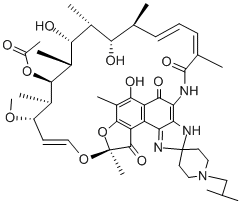
- Chemical Name:Rifabutin
- CAS:72559-06-9
- MF:C46H62N4O11
- Structure:
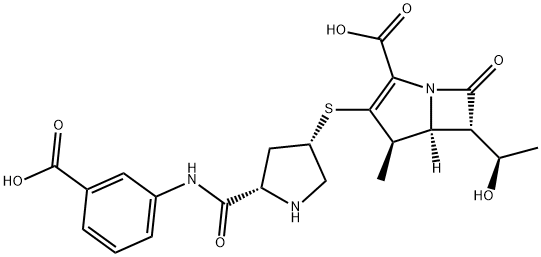
- Chemical Name:Ertapenem
- CAS:153832-46-3
- MF:C22H25N3O7S
- Structure:
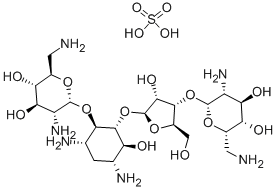
- Chemical Name:Neomycin sulfate
- CAS:1405-10-3
- MF:C23H48N6O17S
- Structure:
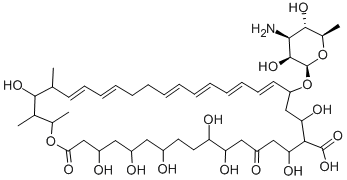
- Chemical Name:Nystatin
- CAS:1400-61-9
- MF:C47H75NO17
- Structure:
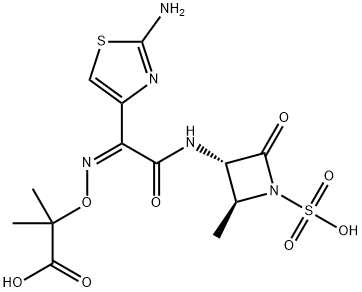
- Chemical Name:Aztreonam
- CAS:78110-38-0
- MF:C13H17N5O8S2
- Structure:
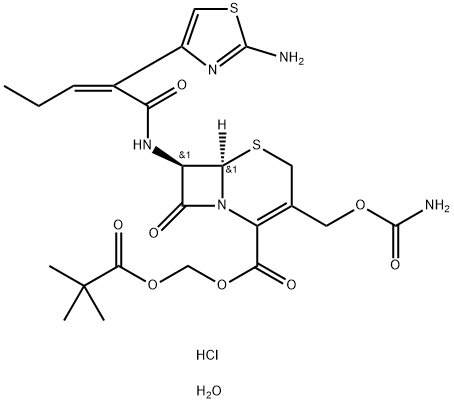
- Chemical Name:Cefcapene pivoxil hydrochloride
- CAS:147816-24-8
- MF:C23H32ClN5O9S2
- Structure:
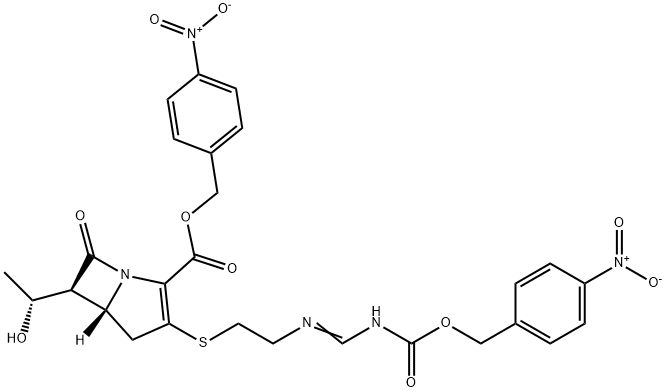
- Chemical Name:Protected Imipenem
- CAS:98367-45-4
- MF:C27H27N5O10S
- Structure:
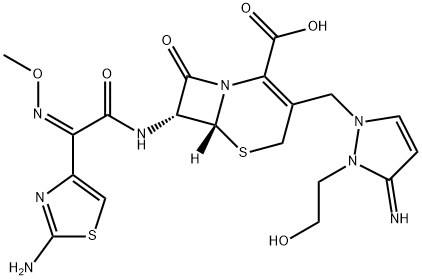
- Chemical Name:Cefoselis
- CAS:122841-10-5
- MF:C19H22N8O6S2
- Structure:
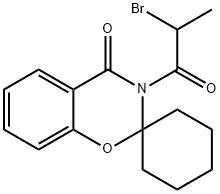
- Chemical Name:3-(2-Bromo-1-oxopropyl)-spiro[2H-1,3-benzoxazine-2,1'-cyclohexan]-4(3H)-one
- CAS:158299-05-9
- MF:C16H18BrNO3
- Structure:
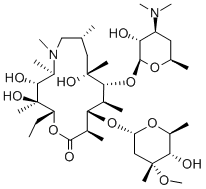
- Chemical Name:Azithromycin
- CAS:83905-01-5
- MF:C38H72N2O12
- Structure:
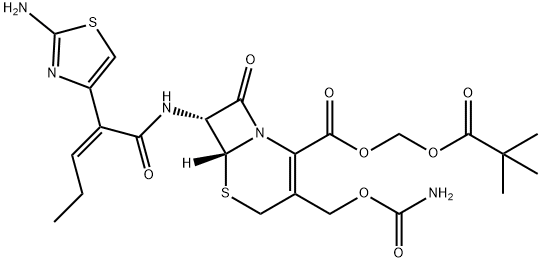
- Chemical Name:Cefcapene pivoxil
- CAS:105889-45-0
- MF:C23H29N5O8S2
- Chemical Name:(Z)-2-(TERT-METHOXYCARBONYLMETHOXYIMINO)-2-(2-AMINOTHIAZOL-4-YL)ACETIC ACID
- CAS:80554-17-8
- MF:C11H15N3O5S
- Structure:

- Chemical Name:Amphotericin B
- CAS:1397-89-3
- MF:C47H73NO17
- Structure:
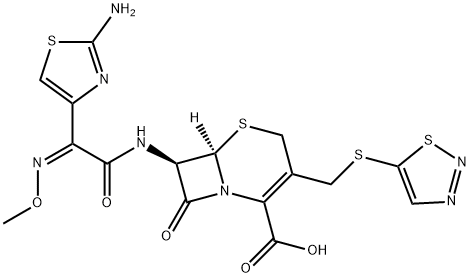
- Chemical Name:Cefuzonam
- CAS:82219-78-1
- MF:C16H15N7O5S4
- Structure:
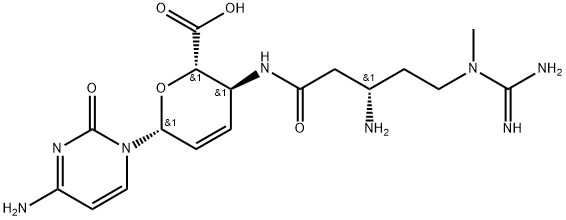
- Chemical Name:BLASTICIDIN S
- CAS:2079-00-7
- MF:C17H26N8O5
- Structure:
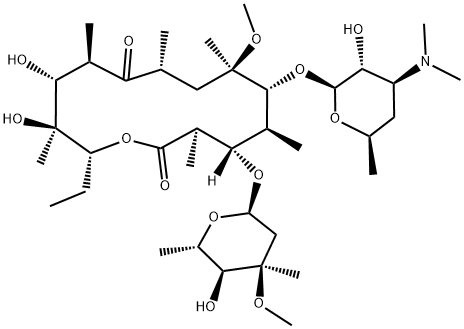
- Chemical Name:Clarithromycin
- CAS:81103-11-9
- MF:C38H69NO13
- Structure:
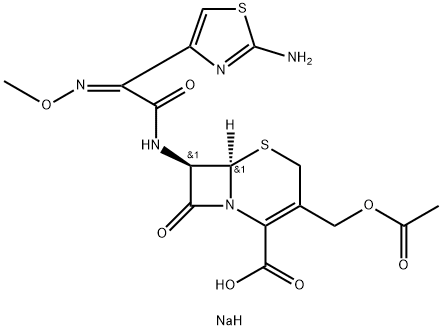
- Chemical Name:Cefotaxime sodium
- CAS:64485-93-4
- MF:C16H18N5NaO7S2
- Structure:
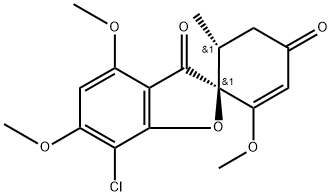
- Chemical Name:(+)-Griseofulvin
- CAS:126-07-8
- MF:C17H17ClO6
- Structure:
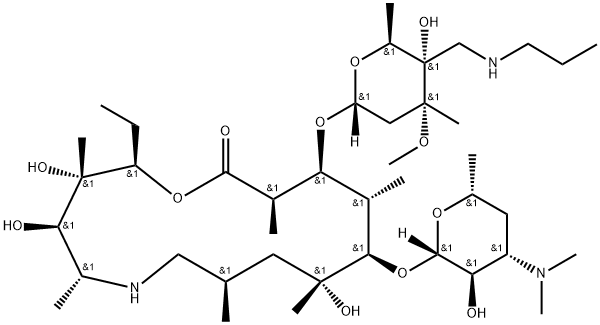
- Chemical Name:Tulathromycin A
- CAS:217500-96-4
- MF:C41H79N3O12
- Chemical Name:Enrofloxacin
- CAS:
- MF:
- Structure:

- Chemical Name:V-9-M cholecystokinin nonapeptide
- CAS:99291-20-0
- MF:C42H69N9O14S
- Structure:
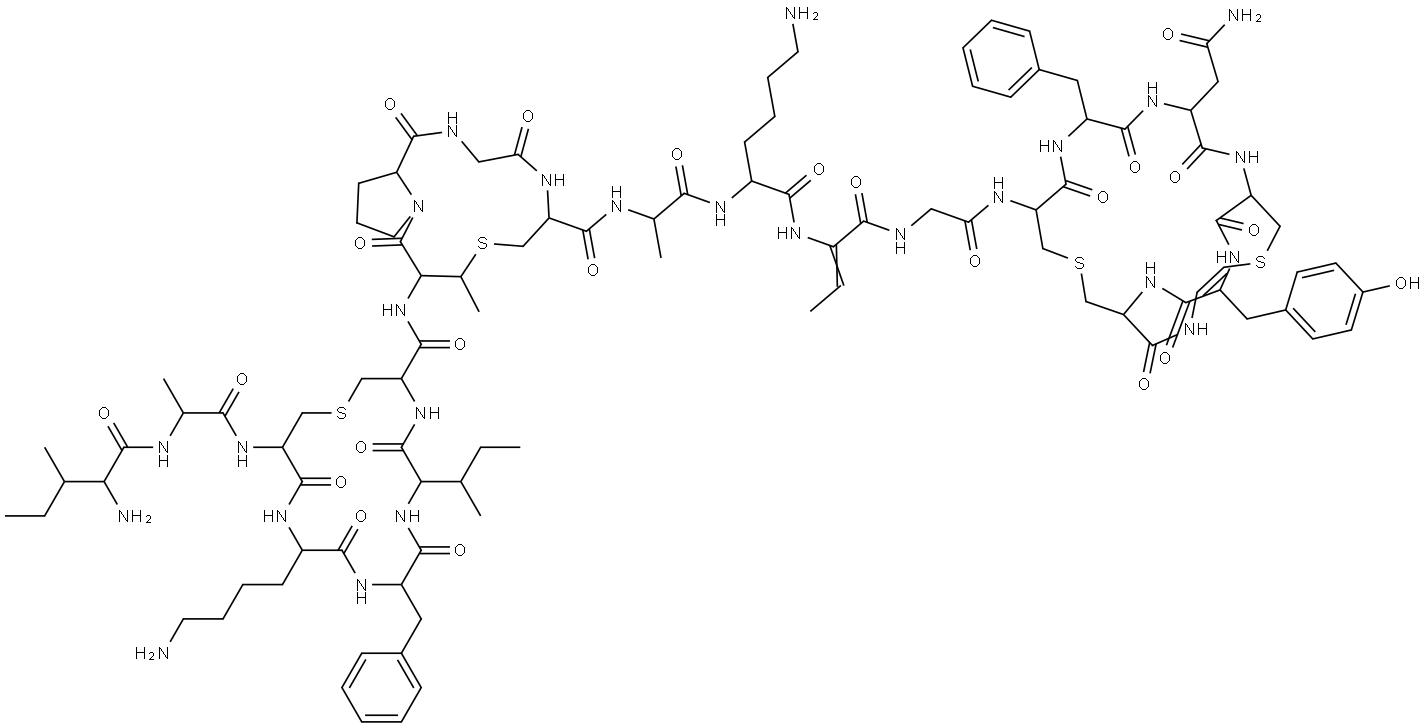
- Chemical Name:epidermin
- CAS:99165-17-0
- MF:C98H141N25O23S4
- Structure:

- Chemical Name:Pretomanid
- CAS:187235-37-6
- MF:C14H12F3N3O5
- Structure:
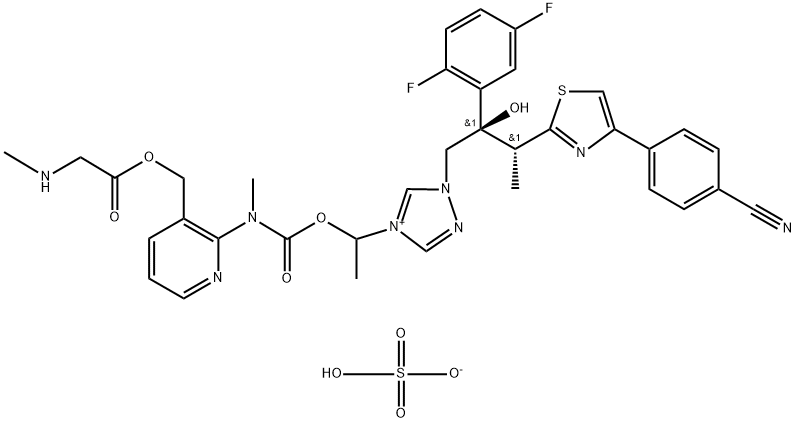
- Chemical Name:Isavuconazonium sulfate
- CAS:946075-13-4
- MF:C35H36F2N8O9S2
- Structure:
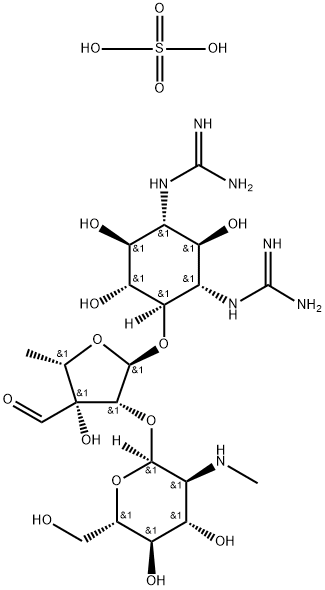
- Chemical Name:Streptomycin sulfate
- CAS:3810-74-0
- MF:C21H41N7O16S
- Structure:

- Chemical Name:Natamycin
- CAS:7681-93-8
- MF:C33H47NO13
- Structure:
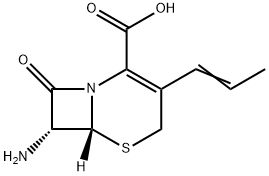
- Chemical Name:(6R,7R)-7-Amino-8-oxo-3-(1-propenyl)-5-thia-1-azabicyclo[4.2.0]oct-2-ene-2-carboxylic acid
- CAS:120709-09-3
- MF:C10H12N2O3S
- Structure:
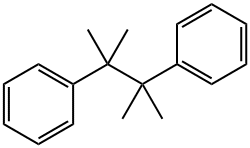
- Chemical Name:2,3-Dimethyl-2,3-diphenylbutane
- CAS:1889-67-4
- MF:C18H22
- Structure:
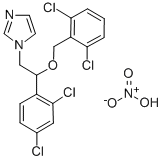
- Chemical Name:Isoconazole nitrate
- CAS:24168-96-5
- MF:C18H15Cl4N3O4
- Structure:
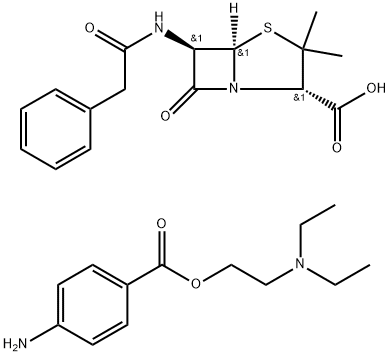
- Chemical Name:Procaine penicilline G hydrate
- CAS:6130-64-9
- MF:C29H38N4O6S
- Chemical Name:PENICILLINASE
- CAS:9012-26-4
- MF:
- Structure:
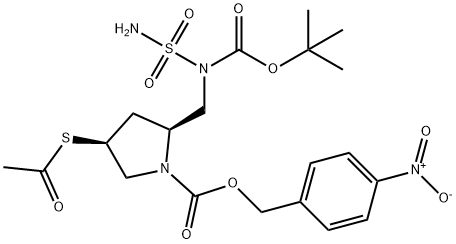
- Chemical Name:ACS-PNZ-PYRROLIDYL-(BOC)-NSO2NH2
- CAS:491878-06-9
- MF:C20H28N4O9S2
- Chemical Name:Florfenicol soluble powder
- CAS:
- MF:
- Structure:
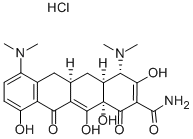
- Chemical Name:Minocycline hydrochloride
- CAS:13614-98-7
- MF:C23H28ClN3O7
- Structure:
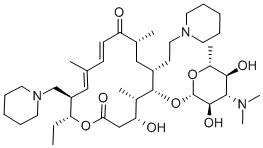
- Chemical Name:Tildipirosin
- CAS:328898-40-4
- MF:C41H71N3O8
- Structure:
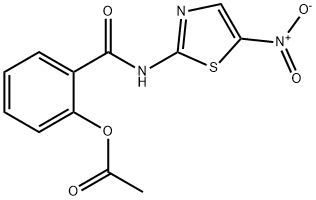
- Chemical Name:Nitazoxanide
- CAS:55981-09-4
- MF:C12H9N3O5S
- Structure:
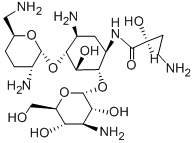
- Chemical Name:Arbekacin
- CAS:51025-85-5
- MF:C22H44N6O10
- Structure:
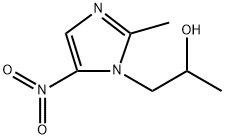
- Chemical Name:alpha,2-Dimethyl-5-nitro-1H-imidazole-1-ethanol
- CAS:3366-95-8
- MF:C7H11N3O3
- Structure:
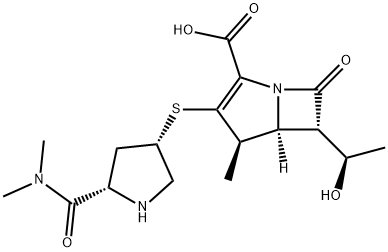
- Chemical Name:Meropenem
- CAS:96036-03-2
- MF:C17H25N3O5S
- Structure:
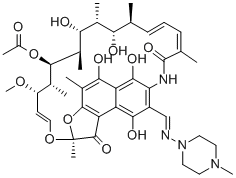
- Chemical Name:Rifampicin
- CAS:13292-46-1
- MF:C43H58N4O12
- Structure:
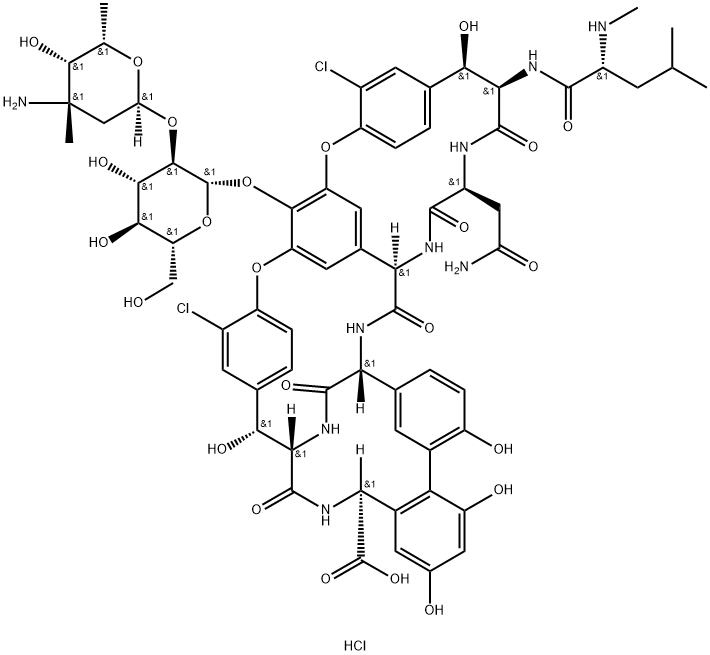
- Chemical Name:Vancomycin hydrochloride
- CAS:1404-93-9
- MF:C66H76Cl3N9O24
- Structure:
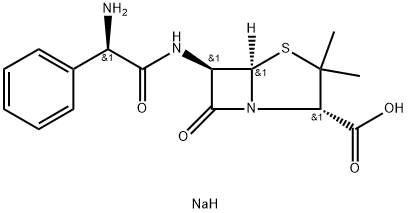
- Chemical Name:Ampicillin sodium
- CAS:69-52-3
- MF:C16H20N3NaO4S
- Chemical Name:Unii-p9vxv1408y
- CAS:866021-48-9
- MF:
- Structure:
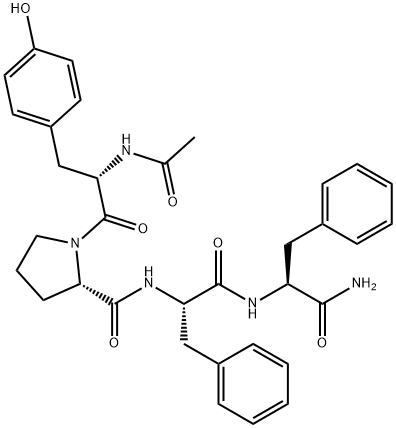
- Chemical Name:Acetyl tetrapeptide 15
- CAS:928007-64-1
- MF:C34H39N5O6
- Structure:
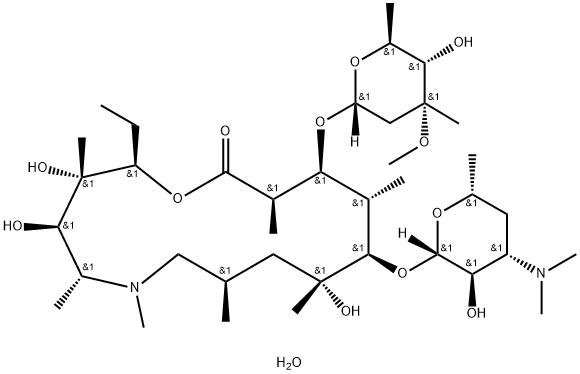
- Chemical Name:Azithromycin dihydrate
- CAS:117772-70-0
- MF:C38H74N2O13
- Structure:
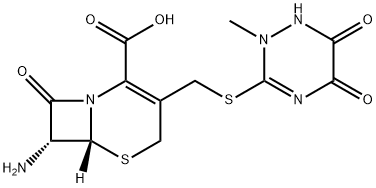
- Chemical Name:(6R-trans)-7-amino-8-oxo-3-[[(1,2,5,6-tetrahydro-2-methyl-5,6-dioxo-1,2,4-triazin-3-yl)thio]methyl]-5-thia-1-azabicyclo[4.2.0]oct-2-ene-2-carboxylic acid
- CAS:58909-56-1
- MF:C12H13N5O5S2
- Chemical Name:AMOXICILLIN AND CLAVULANATE POTASSIUM
- CAS:
- MF:
- Structure:
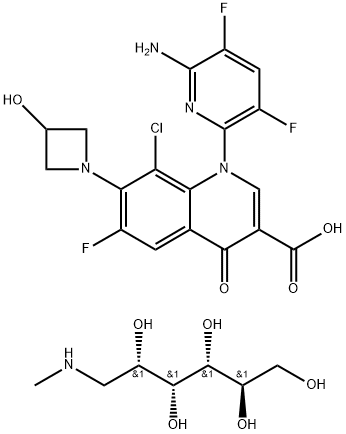
- Chemical Name:Delafloxacin meglumine
- CAS:352458-37-8
- MF:C25H29ClF3N5O9
- Structure:
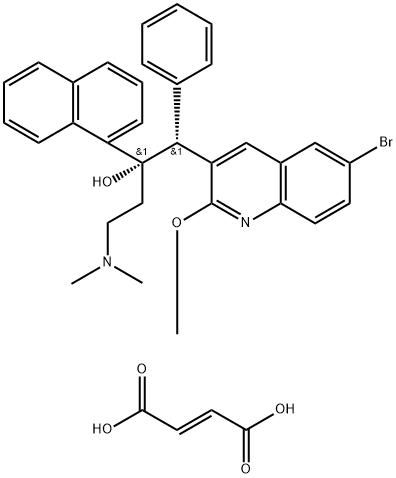
- Chemical Name: Bedaquiline fumarate
- CAS:845533-86-0
- MF:C36H35BrN2O6
- Structure:
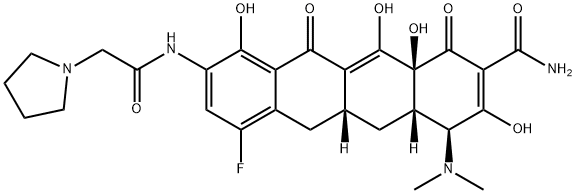
- Chemical Name:Eravacycline
- CAS:1207283-85-9
- MF:C27H31FN4O8
- Structure:
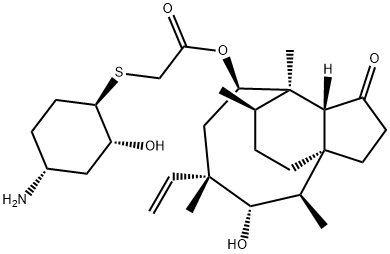
- Chemical Name:Lefamulin
- CAS:1061337-51-6
- MF:C28H45NO5S
- Structure:
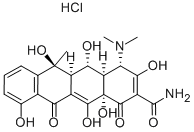
- Chemical Name:Oxytetracycline hydrochloride
- CAS:2058-46-0
- MF:C22H25ClN2O9
- Structure:

- Chemical Name:Nifuroxazide
- CAS:965-52-6
- MF:C12H9N3O5
- Structure:
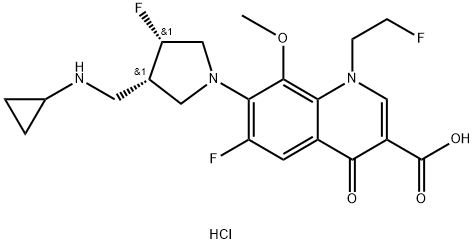
- Chemical Name:Lascufloxacin hydrochloride
- CAS:1433857-09-0
- MF:C21H25ClF3N3O4
- Structure:
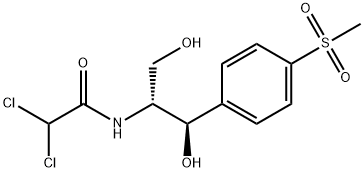
- Chemical Name:Thiamphenicol
- CAS:15318-45-3
- MF:C12H15Cl2NO5S
- Structure:
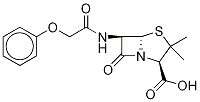
- Chemical Name:Penicillin V-D5
- CAS:
- MF:C16H18N2O5S
- Structure:
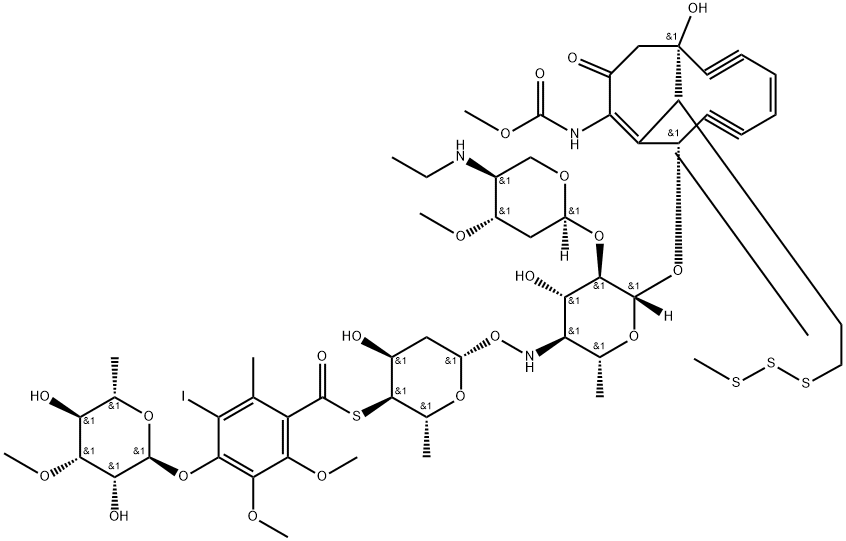
- Chemical Name:Calicheamicin
- CAS:108212-75-5
- MF:C55H74IN3O21S4
- Structure:
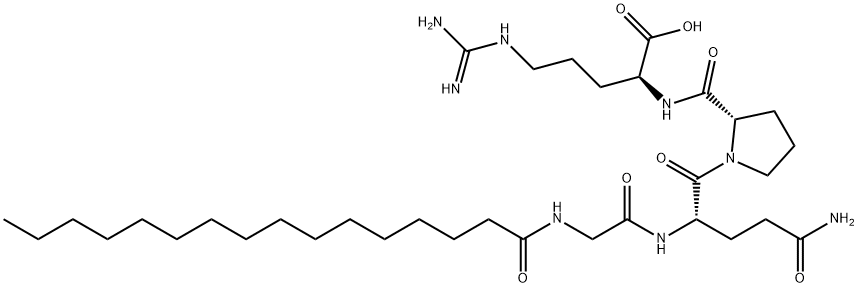
- Chemical Name:Palmitoyl tetrapeptide-7
- CAS:221227-05-0
- MF:C34H62N8O7
- Structure:
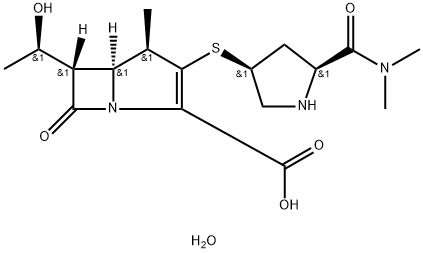
- Chemical Name:Meropenem Trihydrate
- CAS:119478-56-7
- MF:C17H27N3O6S
- Structure:
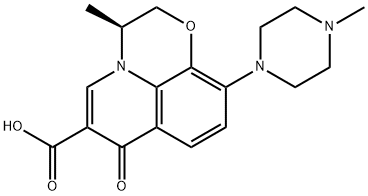
- Chemical Name:Defluoro Levofloxacin
- CAS:117620-85-6
- MF:C18H21N3O4
- Structure:
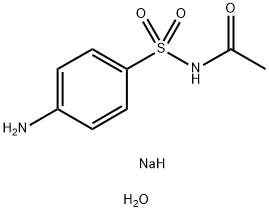
- Chemical Name:Sulfacetamide sodium
- CAS:6209-17-2
- MF:C8H13N2NaO4S
- Structure:
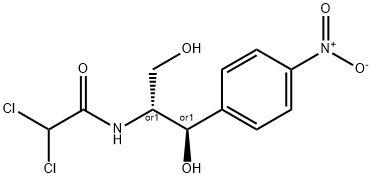
- Chemical Name:DL-chloramphenicol
- CAS:2787-09-9
- MF:C11H12Cl2N2O5
- Structure:
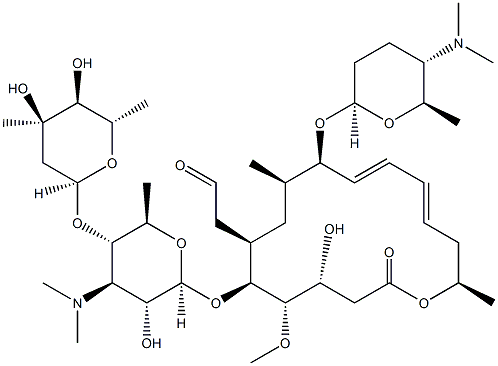
- Chemical Name:Spiramycin
- CAS:8025-81-8
- MF:C43H74N2O14
- Structure:
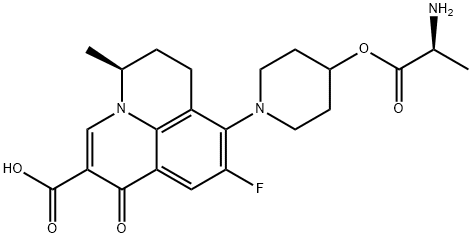
- Chemical Name:Alalevonadifloxacin
- CAS:706809-20-3
- MF:C22H26FN3O5
- Structure:
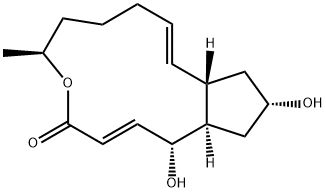
- Chemical Name:Brefeldin A
- CAS:20350-15-6
- MF:C16H24O4
- Structure:
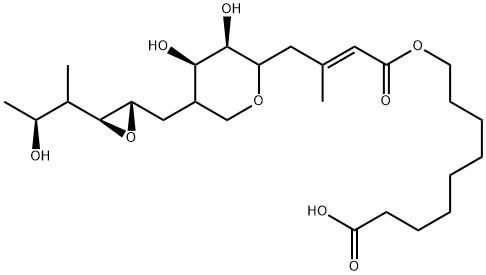
- Chemical Name:Mupirocin
- CAS:12650-69-0
- MF:C26H44O9
- Chemical Name:Concanavalin A
- CAS:11028-71-0
- MF:C15H24
- Structure:

- Chemical Name:NETROPSIN
- CAS:1438-30-8
- MF:C18H26N10O3
- Structure:
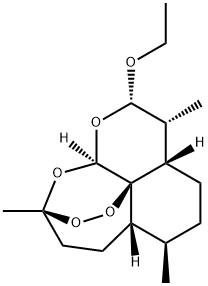
- Chemical Name:Arteether
- CAS:75887-54-6
- MF:C17H28O5
- Structure:
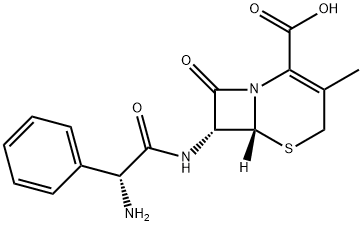
- Chemical Name:Cephalexin
- CAS:15686-71-2
- MF:C16H17N3O4S
- Structure:
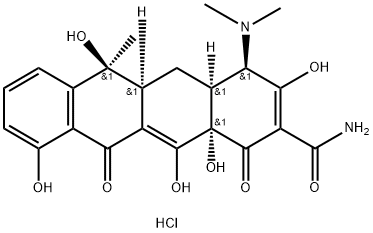
- Chemical Name:4-EPITETRACYCLINE HYDROCHLORIDE
- CAS:23313-80-6
- MF:C22H25ClN2O8
- Structure:
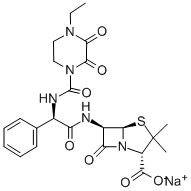
- Chemical Name:Piperacillin sodium salt
- CAS:59703-84-3
- MF:C23H26N5NaO7S
- Structure:

- Chemical Name:Erythromycin Estolate
- CAS:3521-62-8
- MF:C52H97NO18S
- Chemical Name:Epilancin 15X
- CAS:
- MF:
- Structure:
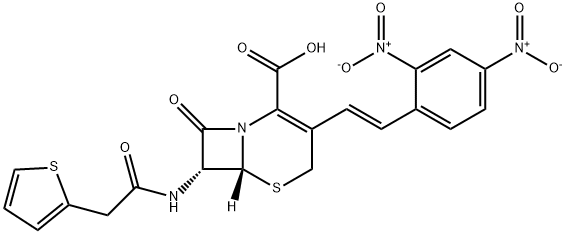
- Chemical Name:Nitrocefin
- CAS:41906-86-9
- MF:C21H16N4O8S2
- Structure:
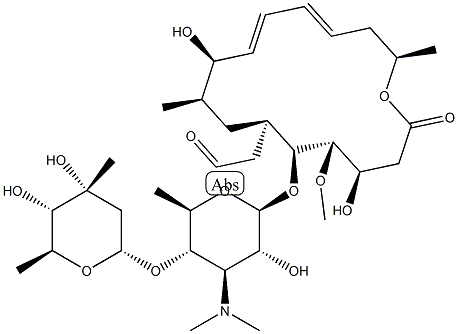
- Chemical Name:Sineptina
- CAS:1392-21-8
- MF:C35H59NO13
- Structure:
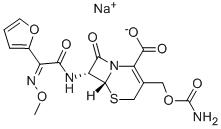
- Chemical Name:Cefuroxime sodium
- CAS:56238-63-2
- MF:C16H15N4O8S.Na
- Structure:
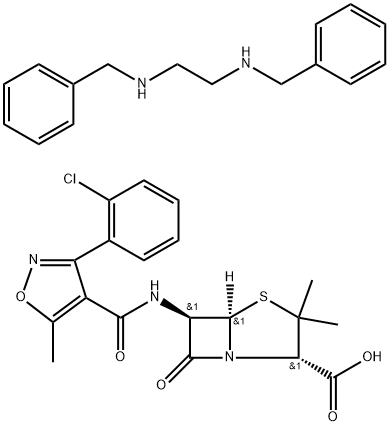
- Chemical Name:Cloxacillin benzathine
- CAS:23736-58-5
- MF:C35H38ClN5O5S
- Structure:
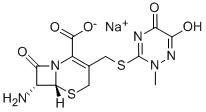
- Chemical Name:7-ACT
- CAS:131257-07-3
- MF:C12H13N5O5S2
- Structure:
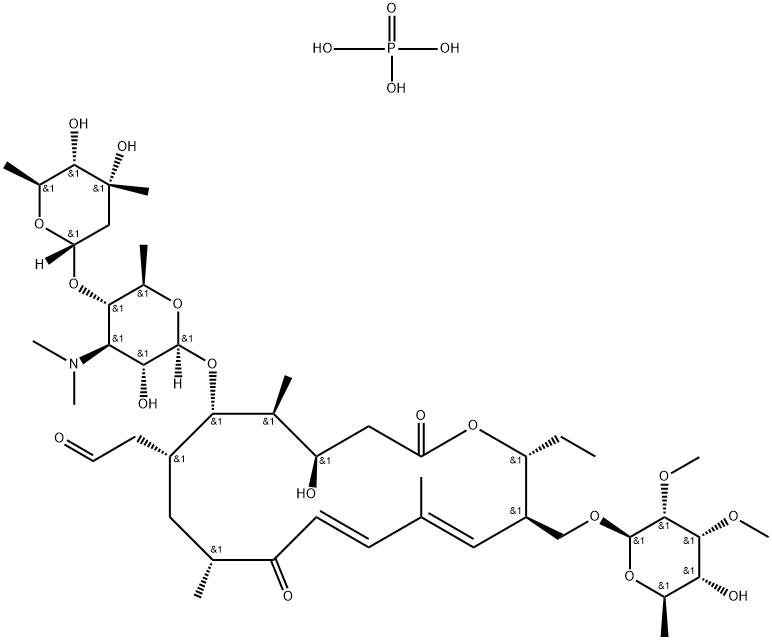
- Chemical Name:Tylosin phosphate
- CAS:1405-53-4
- MF:C46H80NO21P
- Structure:
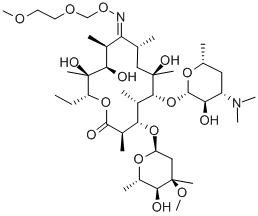
- Chemical Name:Roxithromycin
- CAS:80214-83-1
- MF:C41H76N2O15
- Structure:
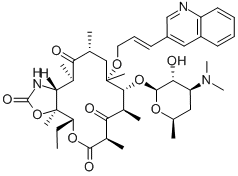
- Chemical Name:CETHROMYCIN
- CAS:205110-48-1
- MF:C42H59N3O10
- Structure:
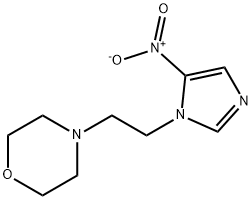
- Chemical Name:Nimorazole
- CAS:6506-37-2
- MF:C9H14N4O3
- Structure:
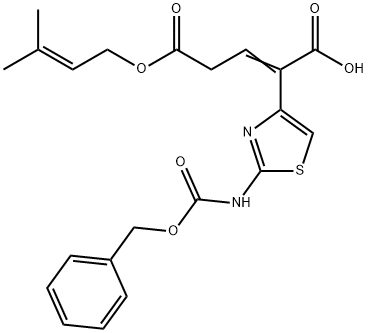
- Chemical Name:2-[2-[[(Phenylmethoxy)carbonyl]amino]-4-thiazolyl]-2-pentenedioic acid 5-(3-methyl-2-butenyl) ester
- CAS:115065-79-7
- MF:C21H22N2O6S
- Chemical Name:pyrrolosporin A
- CAS:
- MF:
- Structure:
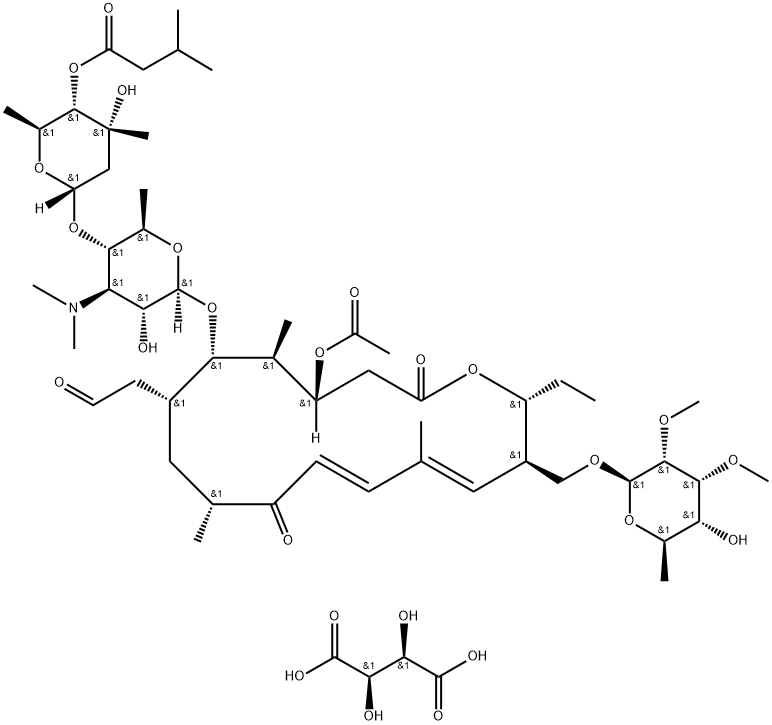
- Chemical Name:Tylvalosin tartrate
- CAS:63428-13-7
- MF:C57H93NO25
- Structure:
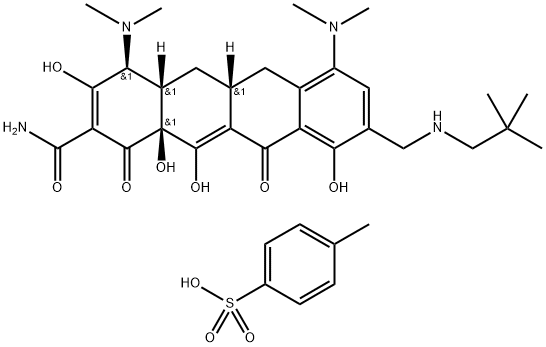
- Chemical Name:OMadacycline (tosylate)
- CAS:1075240-43-5
- MF:C36H48N4O10S
- Structure:
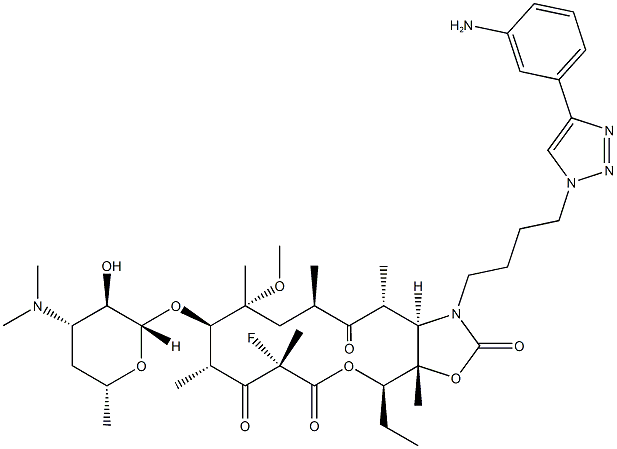
- Chemical Name:Solithromycin
- CAS:760981-83-7
- MF:C43H65FN6O10
- Structure:
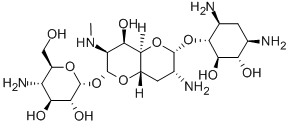
- Chemical Name:APRAMYCIN
- CAS:37321-09-8
- MF:C21H41N5O11
- Structure:
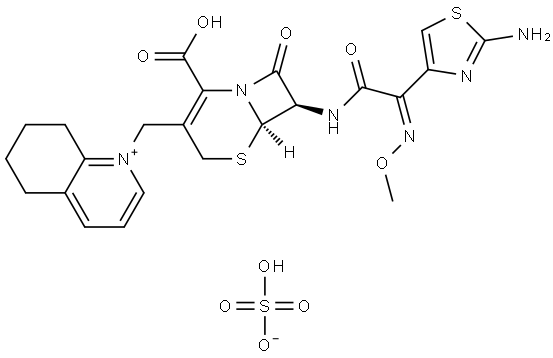
- Chemical Name:Cefquinome sulfate
- CAS:118443-89-3
- MF:C23H25N6O5S2.HO4S
- Structure:

- Chemical Name:Fumagillin
- CAS:23110-15-8
- MF:C26H34O7
- Structure:
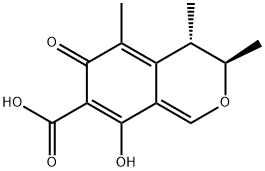
- Chemical Name:CITRININ
- CAS:518-75-2
- MF:C13H14O5
- Structure:
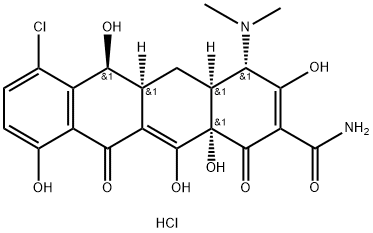
- Chemical Name:Demeclocycline hydrochloride
- CAS:64-73-3
- MF:C21H22Cl2N2O8
- Structure:

- Chemical Name:Doxycycline monohydrate
- CAS:17086-28-1
- MF:C22H26N2O9
- Structure:
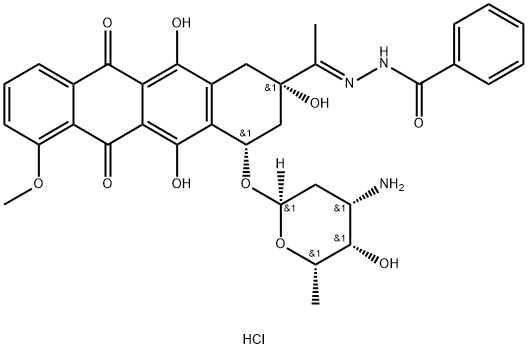
- Chemical Name:ZORUBICIN HCL
- CAS:36508-71-1
- MF:C34H36ClN3O10
- Structure:
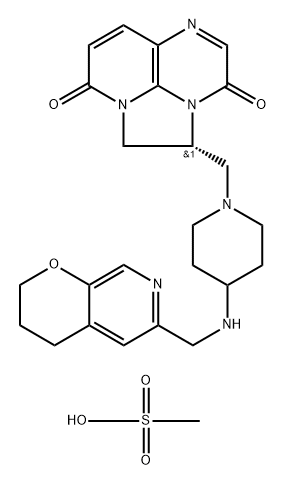
- Chemical Name:Gepotidacin mesylate
- CAS:1624306-20-2
- MF:C25H32N6O6S
- Structure:
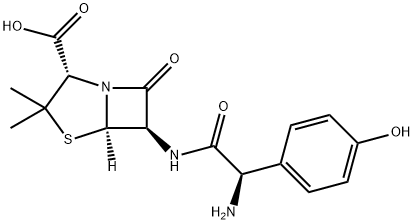
- Chemical Name:Amoxicillin
- CAS:26787-78-0
- MF:C16H19N3O5S
- Structure:
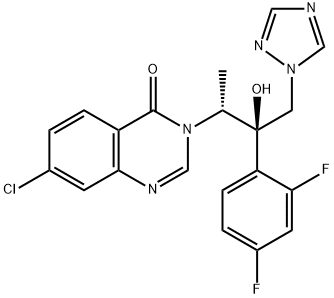
- Chemical Name:Albaconazole
- CAS:187949-02-6
- MF:C20H16ClF2N5O2
- Structure:
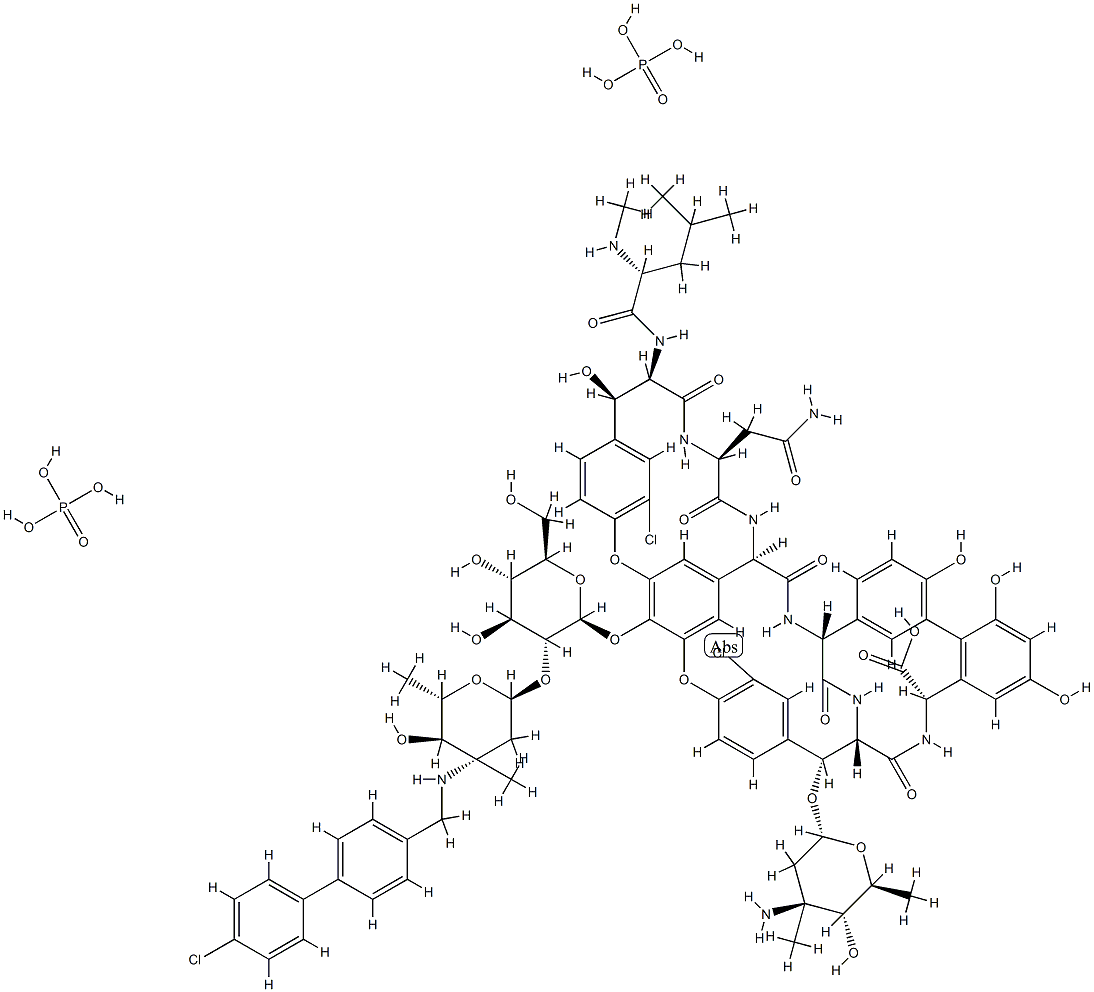
- Chemical Name:Oritavancin Diphosphate
- CAS:192564-14-0
- MF:C86H103Cl3N10O34P2
- Structure:
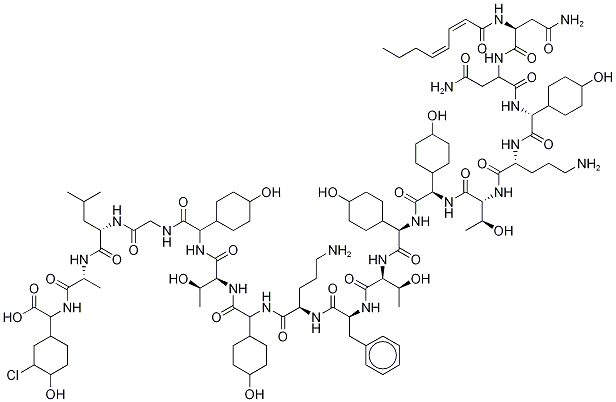
- Chemical Name:Ramoplanin
- CAS:76168-82-6
- MF:C106H170ClN21O30